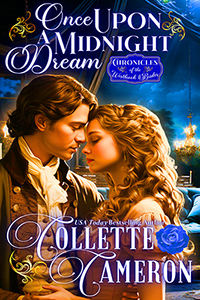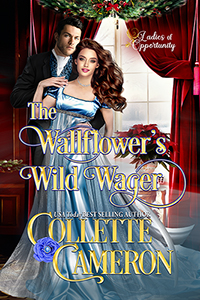I’m reblogging this article on Regency playing cards. L. B. Joramo hosted me last week on her blog, and I had to share the contents here too!
As I’ve mentioned on my blog before, I just finished Triumph and Treasure, Book One in the Highlander Heather Romancing a Scot Series. I had to do some major digging to find the information I needed for the story regarding playing cards in England in the early 1800s.
Take a peek.
Playing Cards-Regency Style by Collette Cameron
As anyone who reads or writes Regency is aware, card games were a very popular past time. Whether it be loo, hazard, whist, piquet, or vingt-et-un, and literally scores more, the haut ton liked their playing cards as well as their gambling.
Card parties were all the thing, as were card rooms at various assembly rooms and balls. Card games were played at picnics, long carriage rides, quiet evenings at home . . . truthfully, just about any time a diversion was needed. And let’s not forget gaming “hells” or gentlemen’s clubs such as White’s or Brooks’s.
But this article isn’t about gambling or the card games. It’s about the playing cards themselves. For one of my Regencies, I had to research if playing cards in 1818 could be customized. Depending on what site I visited, I found contradictory evidence, so please understand, this is only a novice’s findings.
The English refer to a set of playing cards as a pack, whereas Americans call them a deck.
The earliest known evidence of playing cards games has been traced to 9th China, and decks containing four suits to 12thcentury China, though I read more than once that etymological evidence suggests playing cards were Moorish (Arabic) in origin. I also found several references to playing cards and the Romans. The English pattern we are accustomed to, spades, hearts, clubs, and diamonds, first appeared in France in around 1480, though some sites suggested 1470 was more accurate.
The Europeans are credited with giving cards their faces, and the number of cards in a deck varied from 48-56 until the late 15thcentury when 52 cards became the standard. The Joker wasn’t introduced until the 1800s by Americans. Prior to widespread production, cards were stenciled and hand colored. Credit for the first printed cards is attributed to Germany in the 15th century, but it wasn’t until the mid 1830s that cards were mass produced in London.
I’ve always thought of a deck of cards as inexpensive entertainment, but that wasn’t necessarily the case. The backs of playing cards weren’t standardized, and if one had nice, deep pockets, cards could be customized. It was expensive since the cards were hand painted. Gambling clubs often had their own cards printed to prevent fuzzing, or the marking of cards, and one was expected to provide new cards for each table at card parties and the like.
One site said that playing cards had blank backs until the 1800s so they could be used as calling cards, but my research showed many, many cards with patterns engraved, stenciled, or painted on them.
So, while playing cards was almost universally obsessive during the Regency Era, the cards themselves were rather more unique. I included a couple links below that have some lovely images of vintage playing cards.
Resources:
E.K. Duncan-My Fanciful Muse; http://historicalromanceuk.blogspot.com/2012/08/play-at-cards.html
http://www.ekduncan.com/2011/06/regency-era-pictoral-playing-cards.html










